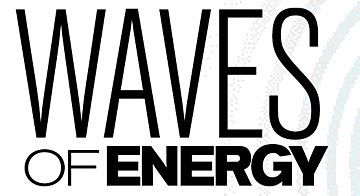 | |||||||||
|
|
"The emergence of ambient energy as a viable alternative power source is really driven by the advancements in semiconductor design," he says. "Things that used to require watts of power are now running on milliwatts and will soon only require microwatts." Homeland security is another area that could benefit: All or parts of the U.S.-Mexican border could be fitted with sensors that would operate on the invisible grid of energy that already permeates most of North American airspace. In the longer term, microscopic scanners powered by ambient energy could swim through the bloodstream looking for diseased tissue, not unlike the plot of the 1966 movie "Fantastic Voyage." Cans or packages on store shelves could file their own inventory reports using radio-frequency tags. Perishable goods could send a signal to stock clerks when they pass their expiration date. But the first use of the technology might be for tracking endangered desert tortoises at Edwards Air Force Base, Calif. "Since they are endangered, the Air Force can't run their tests if the tortoises are on the test range," says Weeker. "However, since the adult tortoises have the habit of burrowing underground, the best way to track them is to put a tracking tag on their babies. The technical challenge of developing a very small RF (radio frequency) tracking tag that fits on the back of a baby desert tortoise may lead to many defense and commercial applications for low-cost, active and passive tracking of equipment, vehicles and people." The firm has teamed up with Trex Hawaii on the project. Ambient Micro's goal is to develop a tiny device that harvests not only photons (visible light and invisible electromagnetic radiation), but also converts sound waves, vibrations and hot-cold temperature differences into power. The company was established in 2001 as HawaiiWave High Speed Wireless Networks and, in conjunction with Oceanic Time Warner Cable, developed the first hotel and condo high-speed Internet service using digital cable. In late 2004 the company received $90,000 from the Hawaii Technology Development Venture and the Office of Naval Research to look into ambient radio signals as a source of alternative energy. Last year, it received a follow-on contract of $300,000 to develop a power supply prototype based on the new technology. In October the company was restructured and incorporated as Ambient Micro with John Langley, former general manager of Raytheon Wireless Solutions, as chief technology officer. The chief scientist is Liaw, director of the Electrochemical Power Systems Laboratory at UH-Manoa.

© Honolulu Star-Bulletin -- https://archives.starbulletin.com
| Tools
| |||||||
 | |||||||||



